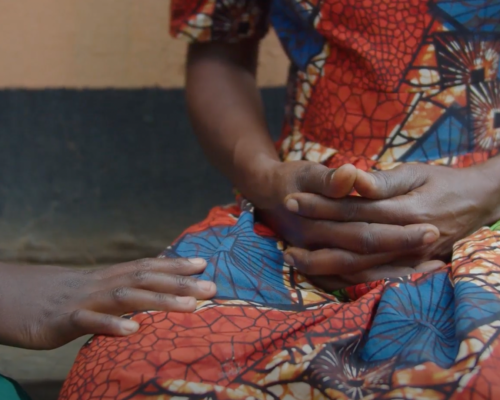What Is PMTCT?
(RED) supports The Global Fund HIV/AIDS grants in eight countries with a goal of virtually eliminating transmission of the virus from moms to their babies. But many of you have rightfully asked, “How does this exactly work?” It’s a miracle of modern medical technology that we’re able to prevent the mother-to-child transmission of HIV (PMTCT). To help you understand, we’ve created a straightforward version of how it works:
An HIV-positive mother can pass HIV on to her baby any time during pregnancy, labor, delivery and breastfeeding, so the transmission of the virus must be blocked at each stage. Current World Health Organization guidelines recommend that HIV-positive pregnant mothers should go on a triple-drug regimen of antiretroviral medication (ARVs) through pregnancy, delivery and breastfeeding. Ideally, the mothers themselves will also remain on treatment once breastfeeding has concluded, for their own health.
As soon as the infant is born, the baby should be given nevirapine daily for six weeks. Based on her individual circumstance, the mother should receive counseling and guidance from her healthcare provider on whether the infant should be formula-fed or breastfed. If the mother is to breastfeed, it is recommended that she do so exclusively for six months while continuing to take her ARVs. After six months, the mother can introduce appropriate complementary foods, and continue breastfeeding for the first 12 months of the child’s life. Mothers who adhere to this regimen can reduce the risk of transmission of HIV to their babies to less than 5%.
These prevention guidelines have evolved over the years as scientists have learned more about how to most effectively reduce the risk of transmission while also working to minimize drug resistance for our most effective treatment tools.
For more details on the PMTCT process, including a chart that maps which drugs are used when and in what settings, visit AVERT’S handy guide.


